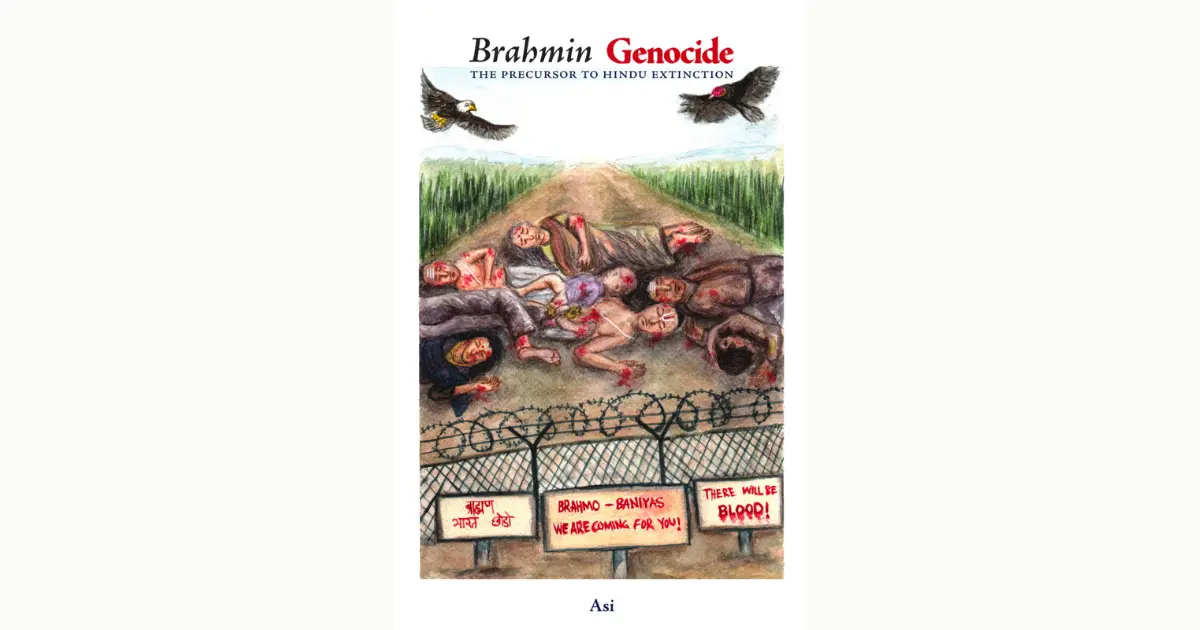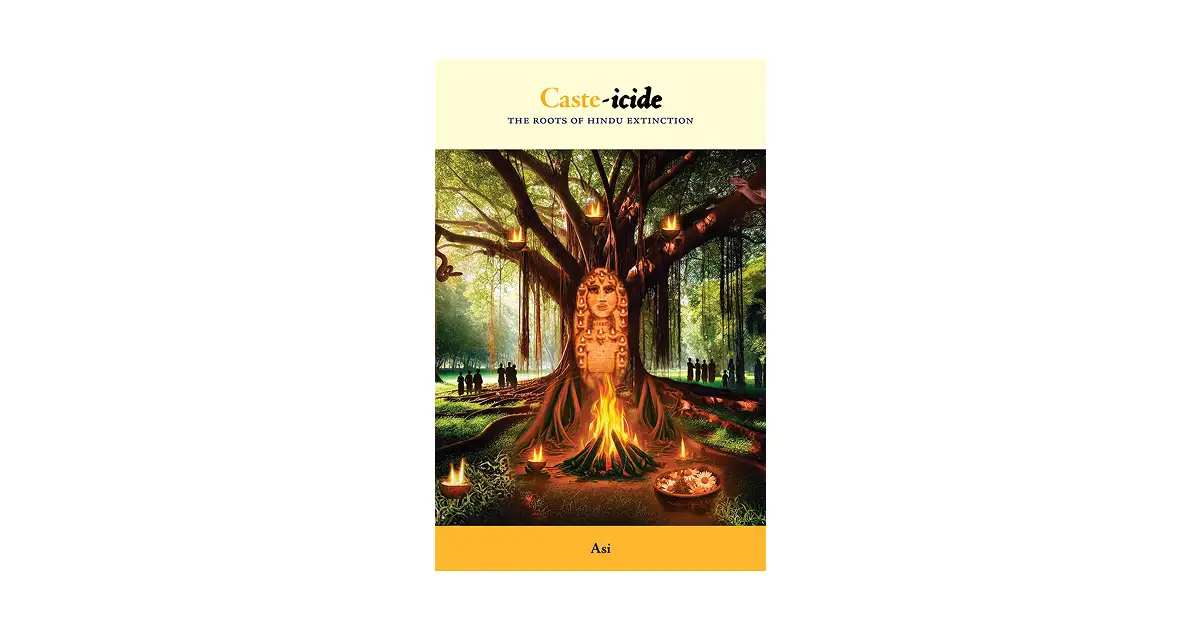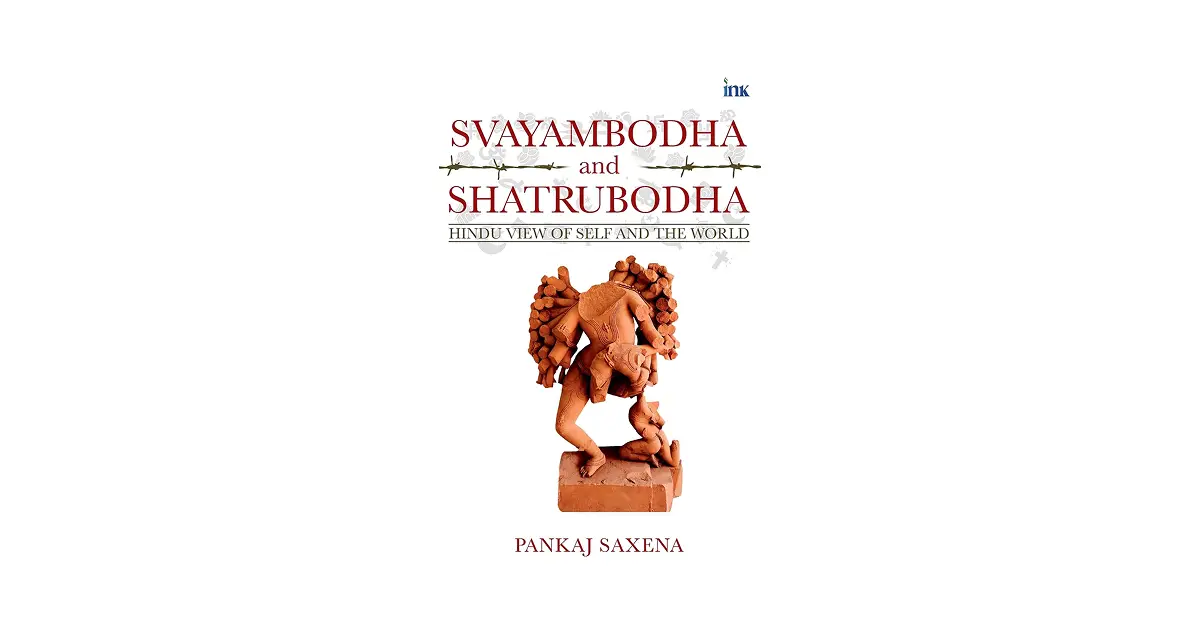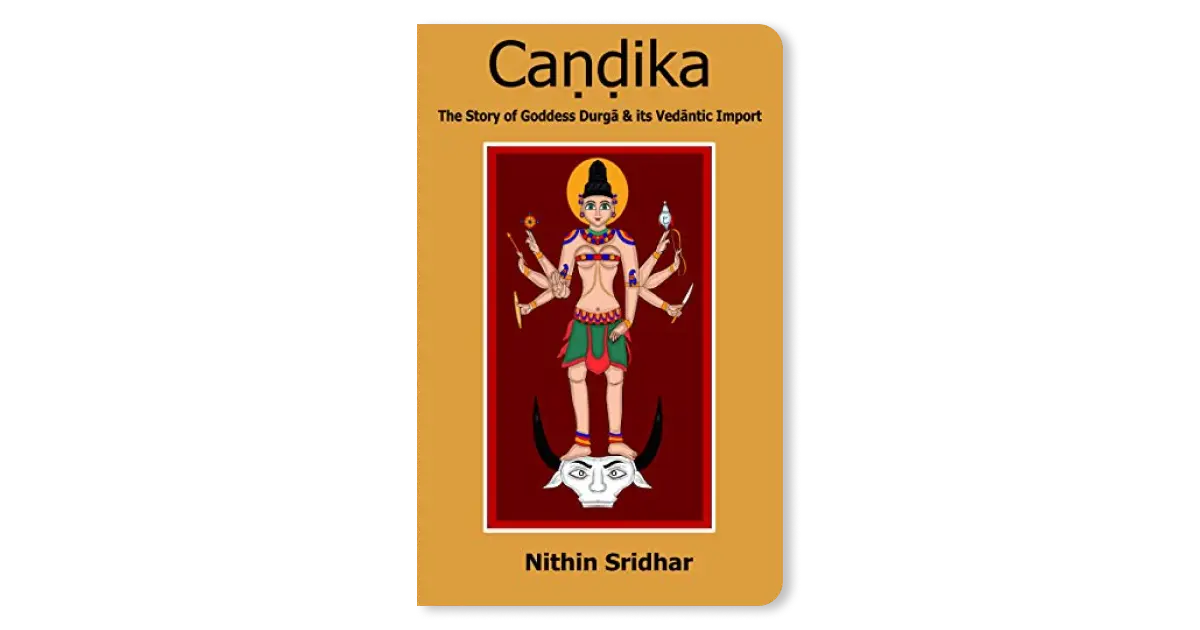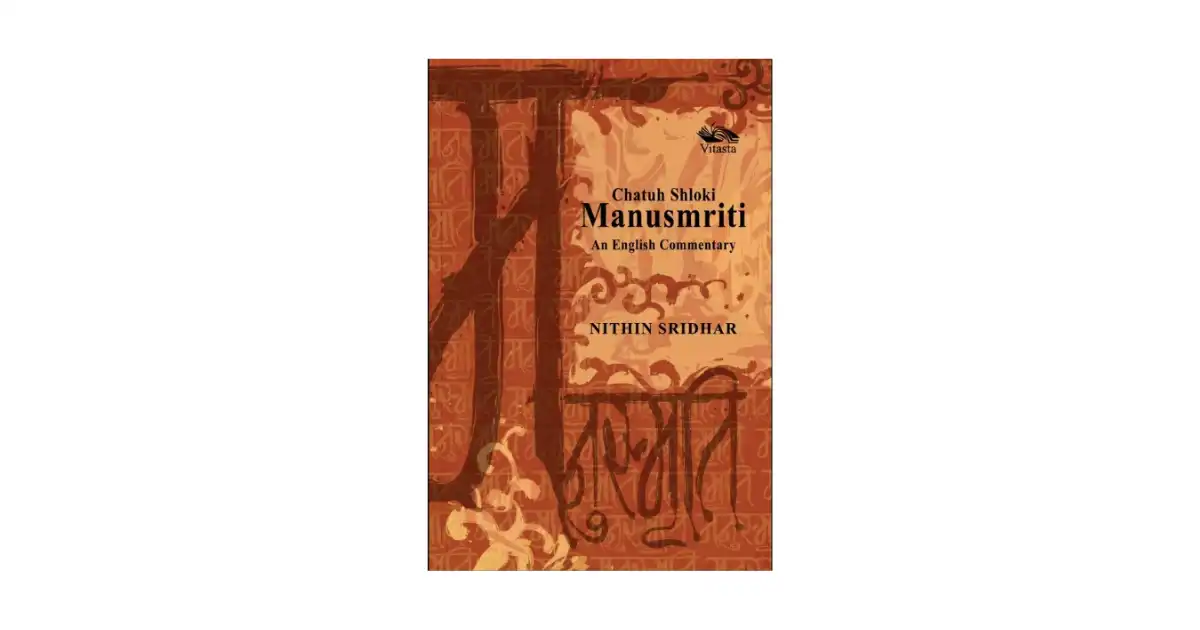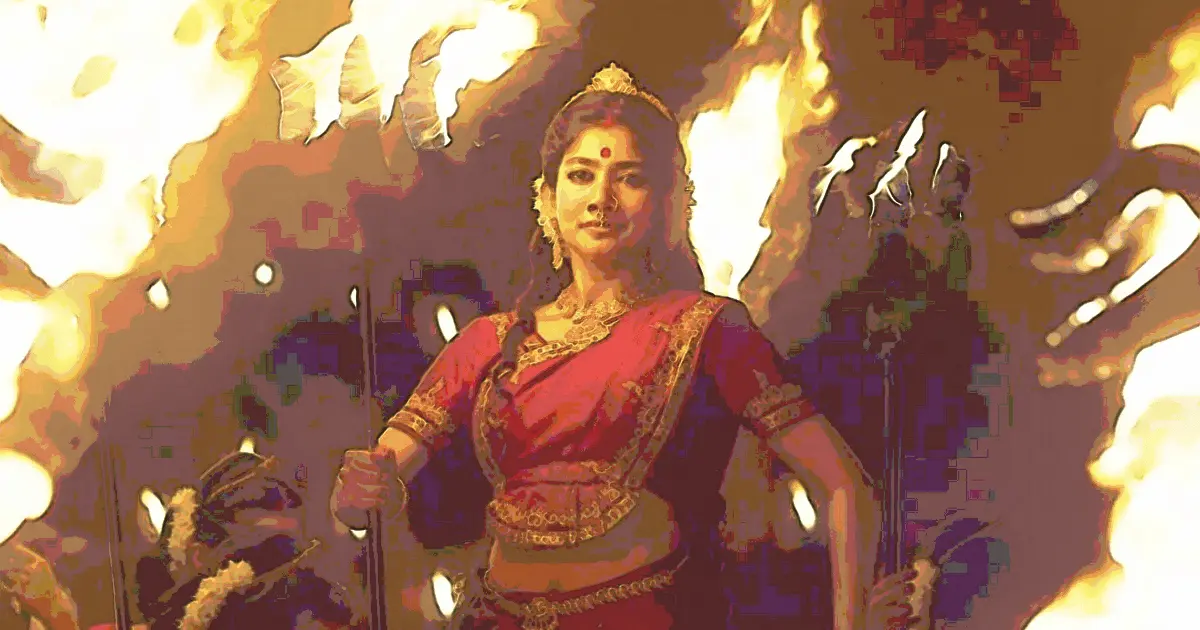Since time immemorial the ideal of a ‘Brahmin’ was something to aim towards as this would lead to mokṣa. It was not artha or kāma that was of concern. As people moved towards the end of their lives, liberation and freedom from fear and insecurity was what they sought. If one wanted to become a ‘Brahmin’, one could; as sage Viśvāmitra did or Vālmīki did. It was a matter of raising oneself by raising one’s sattva guṇa. This involves certain practices and anyone who has taken up yoga in a serious way will vouch for the raised awareness and energy levels that come with doing sādhanā and adhering to a recommended daily diet or routine. Such people are peaceful, contemplative, wish for the well-being of the whole world, and pose no threat to anyone. It is not for nothing that most vaidika prayers end with a call to protect the cow and the (devout practicing) Brahmin. Being ‘Brahmin’ continues to be a role model open to all and therefore aspirational.
Unfortunately, closer home an impending Brahmin genocide is not far off, going by the concentrated campaign against them as a community. It is in fact a euphemism for Hindu genocide, and it will lead to that eventually when one section of our society, the Brahmins, are decimated. All this and more has been documented assiduously in a book which warns us of the impending disaster, gives us facts and numbers to grapple with, and most importantly follows all this up with tangible solutions that we could undertake to prevent the annihilation of our age old civilization.
This book is aptly titled ‘Brahmin Genocide - The Precursor to Hindu Extinction’. As it repeatedly alerts us; the Brahmin community specifically, along with most Hindus in general, are unaware that they are on their last leg of survival. The civilization that they are a part of, which is the oldest, most robust one in the historic continuum, will be wiped off soon, unless steps are taken right away to prevent this well-thought out slaughter. From exploring the origins of Brahmin hate, which sees its genesis in colonial projects, to outlining a plan to brave this battle from the frontlines, this book is essential reading to not only appreciate the grandeur of our culture but to also recognize its enemies. A quick read with case studies, exhaustive endnotes, and indexing, its mere two hundred and forty pages are filled with real life incidents which could make the most equanimous of us squirm with discomfort. Published by Rare Books Publications, Chennai, this book has been documented and compiled assiduously by Asi. ‘Asi’ means the sword of dharma, the sword that was Dronācāryā's in the Kurukṣetra war. It is the pen name of Mahalingam Balaji.
Asi belongs to a lineage of Vedic scholars and agnihotris. He has worked in the corporate sector for thirty years and is a corporate leader and research director. At the moment he is incubating a think tank to articulate bhāratīya civilizational world-view, which will aid research in bhāratīya jñana paramparās. His current focus is on the urgent need to address the hate narratives against practitioners of sanātana dharma and specifically the brāhmaṇa community.
Be it the Mandeyam Iyengar massacre, the Marathi Brahmin slaughter, the Kashmiri Pandit genocide or even the forced expulsion of the Tamizh Brahmins due to hate mongering and volatile political situations from the land of their birth, most of these could have been avoided if at the onset of the hate campaign we as alert citizens had applied the four point test that this book very painstakingly drills into us every few pages or so.
The Brahmophobia Quick Test© on page twenty five is a simple way to test one’s acceptance and tolerance levels viz Brahmins or the lack thereof. It urges us to evaluate every news article, social media post, opinion piece, cartoon, book content, and we could add seemingly innocent remarks by friends and associates, to check how they fare on this test:
- Relevance of Caste: if the calling out of Brahmins is relevant to the subject at hand
- Caste Attribution: is a particular behaviour attributed to the Brahmin community as a whole with adequate proof
- Substitution: if ‘Brahmin’ were to be substituted with any other caste/ community/ religion, would it be acceptable to the world at large
- Facts versus Opinion: is there sufficient data shared when placing blame on Brahmins
The book takes us through the various fake narratives that the British peddled to mark Brahmins as a target. Be it Lord Herbert Hope Risley’s Caste Census of Hindus in 1901 or the thrust they gave to the Aryan Invasion Theory, all of it culminated in blaming all the social ills of the Indian subcontinent on the Brahmins. Along with manufactured Atrocity Literature, the Brahmin community was completely ‘othered’, as foreigners usurping the rights of the natives by foisting their ‘Brahminical’ practices on the locals.
One of the most insidious falsehoods is that the Brahmins monopolized education and did not permit other ‘castes’ to study. This is far from the truth on the ground. As detailed in the book, the fact is that every village had a school that taught the basics of Reading, Writing, Mathematics, and Scriptures, to all jātis as documented in the The Beautiful Tree by Śrī Dharampal ji and written about extensively by Smt. Sahana Singh ji in her book Educational Heritage of Ancient India.
Asi says that selective quoting of Dr. Ambedkar on Brahmins or picking only portions of sacred texts to show them in poor light are some of the tactics deployed for targeting Brahmins. This is done by primary sources such as the colonial era stooges, foreign governments, non-state actors, fringe politicians, political parties, and India’s neighbours. The secondary propagandists and transmitters are the NGOS, Activists, Liberals, Intellectuals, Social Media Warriors, and the Mainstream Media.
The author then goes to list out the various stages that lead to a genocide in detail with examples from our history:
- Classification
- Symbolization
- Discrimination
- Dehumanization
- Organization
- Polarization
- Preparation
- Persecution
- Extermination
- Denial
By reading this book we are able to identify Brahmophobia, Hinduphobia, Hindumisia, when it happens, yes, but not leaving it at that, Asi also shows us how to manage our everyday lives when we encounter such incidents. We ought not to dismiss it, or pass it on to bhagavān. We must respond and how we respond is very crucial. There is a ten step battle plan that has been listed out for us to practice, with a priority on sticking to dharma, staying united and standing up for our own kind (since no one else will). We must be united in challenging such hate propaganda and narratives. We must be united in fighting back, as it is our survival at stake here. Looking ahead, Asi also talks of the need for a Brahmin Protection Bill, as well as the legal help that Brahmins as a community definitely need and should unabashedly seek.
We have seen from the Cisco caste case in California, how innocents were maligned for no fault of theirs, made to suffer for years before being acquitted. Indian citizens in the U.S. are in for another shock, as the state has succumbed to the discriminatory California Caste Bill SB403. It has been causing havoc in the lives of law abiding and prosperous Indian origin citizens. No one is immune from this hate campaign, one does not get a free pass even in the U.S.
That the author is a thought leader comes out very clearly in this book, which is put together with great attention. Be it the various examples of Brahmin hate culled together along with their sources, be it the cover page or its diagrams, be it the copy edits or proof reading, the end product is a very high quality work that deserves an urgent read to prevent the disintegration of our country and our civilizational ethos along with it. Do get yourself a copy!
Saptharishi.org, an online portal and voice for Brahmins, the force behind this book, states the following on its website: We believe that the goal of the hatemongers is Hindu Extinction and annihilation of Bharatiya Civilization. Brahmins just happen to be in the way and hence, may be genocided first. The book on its part reveals in detail how and why this statement is true to its last full stop.
There ought to be no place for such targetted hate in a world which rightly celebrates diversity and multiculturalism. The youth of today must not be bullied for being proud of their roots and for following their family traditions. This is how culture survives through generations. They are also not answerable to society for their ancestors, but as per our vaidika tradition they are answerable to the ancestors themselves.
